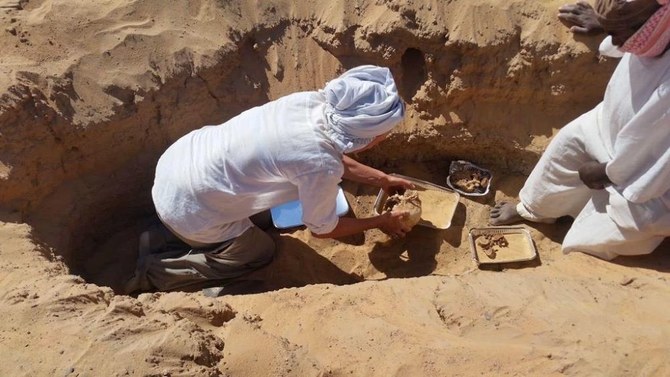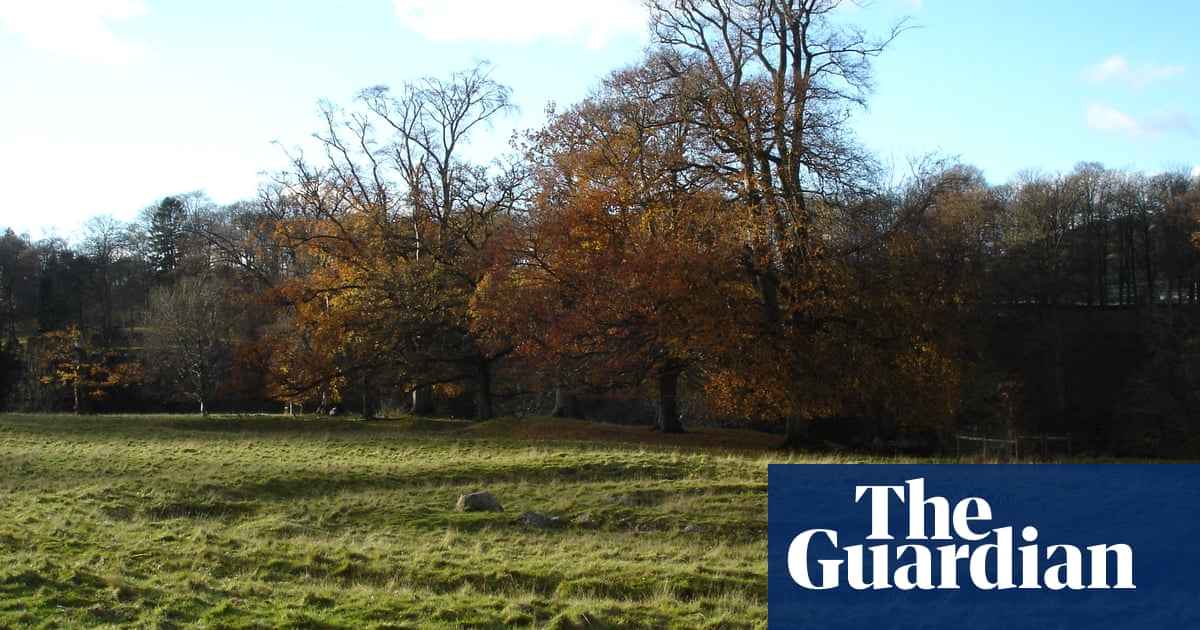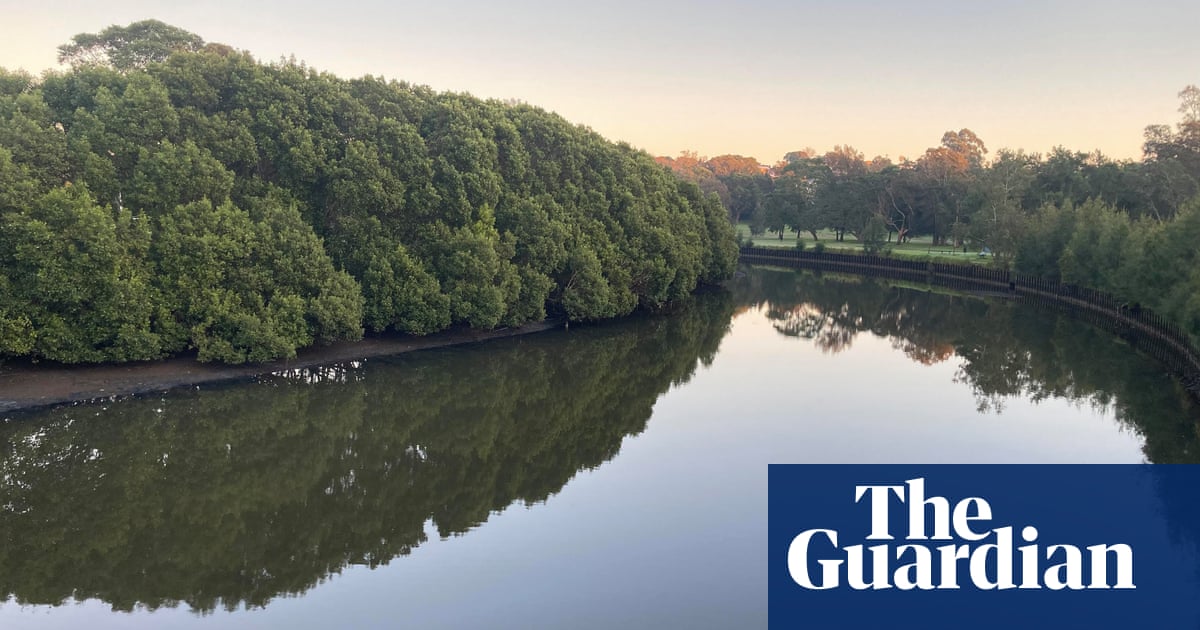
Archaeologists discover the 3,500-year-old skeleton at the Sheikh Mohammed Cemeteries site in Aswan, southern Egypt
Studies find several joints on both sides of the body affected by rheumatoid arthritis, including in the hands and feet, shoulders, elbows, wrists and ankles
CAIRO: In a find described as the first of its kind, an Italian-Polish archaeological project in Egypt has uncovered the ancient skeletal remains of a young woman who suffered from rheumatoid arthritis.
The discovery was made at the Sheikh Mohammed Cemeteries site in Aswan, southern Egypt, as part of the long-running Aswan-Kom Ombo Archaeological Project.
Mostafa Waziri, the secretary-general of Egypt’s Supreme Council of Antiquities said the discovery of the skeleton, which is about 3,500 years old, is important because it is the first time rheumatoid arthritis has been identified in remains from ancient Egypt, and so it represents one of the oldest known cases of the condition.
The skeleton is therefore a great scientific discovery, he added, as it provides clear evidence of the presence in ancient Egypt of a condition that was not officially clinically defined until around 1800. He said he expects a great deal of scientific research to be carried out on the remains.
Abdel Moneim Saeed, director general of Aswan Antiquities, said that studies of the bones found several joints on both sides of the body were affected by rheumatoid arthritis, including in the hands and feet, shoulders, elbows, wrists and ankles.
Studies of existing written and illustrated evidence found no clear indication that signs of the condition had been found in ancient Egyptian remains until now.
Maria Carmela Gatto of the Polish Academy of Sciences, head of the archaeological mission, said that the primary aim of the Aswan-Kom Ombo project is to better understand and study the health conditions that affected ancient Egyptians, especially those in the lower-middle classes of society and who lived on the outskirts of the ancient Egyptian state, as was the case for those in the far south of the country.
Antonio Curci of the University of Bologna, the deputy head of the mission, said work on the project began in 2005. In 2016 it detected the first case of vitamin C deficiency, he said, in the skeleton of a young child from a village dating back to the pre-dynastic period between 3800 and 3500 B.C.












